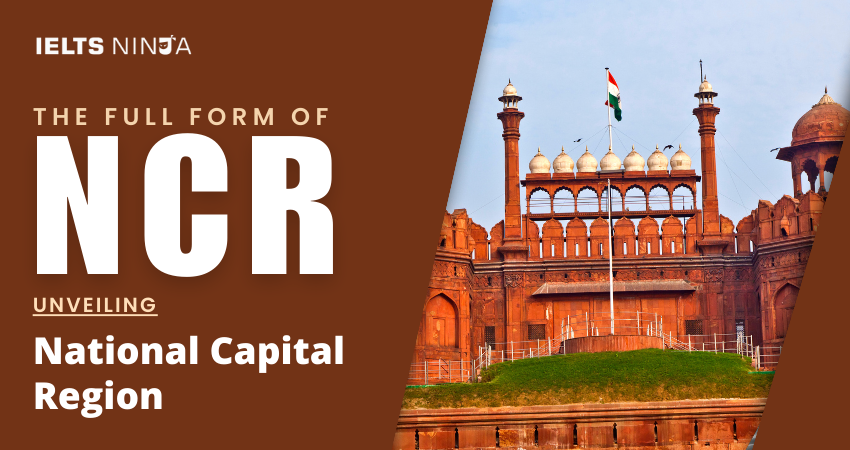In the context of geographical regions and urban planning, the full form of NCR stands for National Capital Region. The National Capital Region refers to a specific metropolitan area in a country that serves as the seat of the national government and typically includes the capital city. NCRs are significant administrative, political, economic, and cultural centers and often encompass the surrounding areas. In this comprehensive guide, we will explore the details of NCR, its functions, examples from around the world, and its importance in the context of governance and development.
What is NCR?
The National Capital Region (NCR) is a designated metropolitan area within a country that houses the nation’s capital city and serves as the central hub for government activities. It encompasses not only the capital city itself but also the surrounding regions that are economically and administratively integrated with the capital.
Functions of NCR
The NCR typically fulfills several key functions:
- Administrative Hub: It is the administrative center of the country, housing government offices, legislative bodies, and the residence of the head of state or government.
- Political Significance: NCRs often hold political significance as they are where major decisions regarding the nation’s governance are made.
- Economic Hub: They serve as economic powerhouses, attracting businesses, industries, and investments.
- Cultural and Educational Center: NCRs are often home to cultural institutions, educational institutions, museums, and centers of art and culture.
- Infrastructure Development: They receive significant infrastructure development to support the needs of the government and the population.
Also Read: Best online IELTS coaching & training academy
Examples of NCRs
Several countries around the world have National Capital Regions. Here are a few examples:
- NCR Delhi, India: Delhi serves as the NCR of India and is home to the national government, as well as numerous historical and cultural landmarks.
- NCR Manila, Philippines: Metro Manila is the NCR of the Philippines and is the political, economic, and cultural center of the country.
- NCR Washington, D.C., United States: Washington, D.C. is the NCR of the United States and houses the federal government, including the White House, Congress, and the Supreme Court.
- NCR Brasília, Brazil: Brasília is the NCR of Brazil and was purpose-built to serve as the capital city, with modernist architecture and government institutions.
- NCR Tokyo, Japan: The Tokyo Metropolitan Area is often considered the NCR of Japan and is a global economic and cultural hub.
Importance of NCR
The National Capital Region holds immense importance for several reasons:
- Seat of Government: It is the seat of the national government, where laws are enacted, policies are formulated, and governance is centered.
- Economic Powerhouse: NCRs drive economic growth and development, attracting businesses, creating jobs, and stimulating innovation.
- Cultural and Educational Hub: They foster cultural exchange, education, and the preservation of national heritage.
- Connectivity: NCRs are typically well-connected through transportation networks, making them accessible to the entire country.
- Global Recognition: They often receive international recognition and play a vital role in a country’s global affairs.
Conclusion
The National Capital Region (NCR) is a cornerstone of a country’s governance, culture, and economy. It serves as the political and administrative heart, an economic powerhouse, and a hub of culture and education. NCRs play a pivotal role in shaping a nation’s identity, progress, and global standing.








